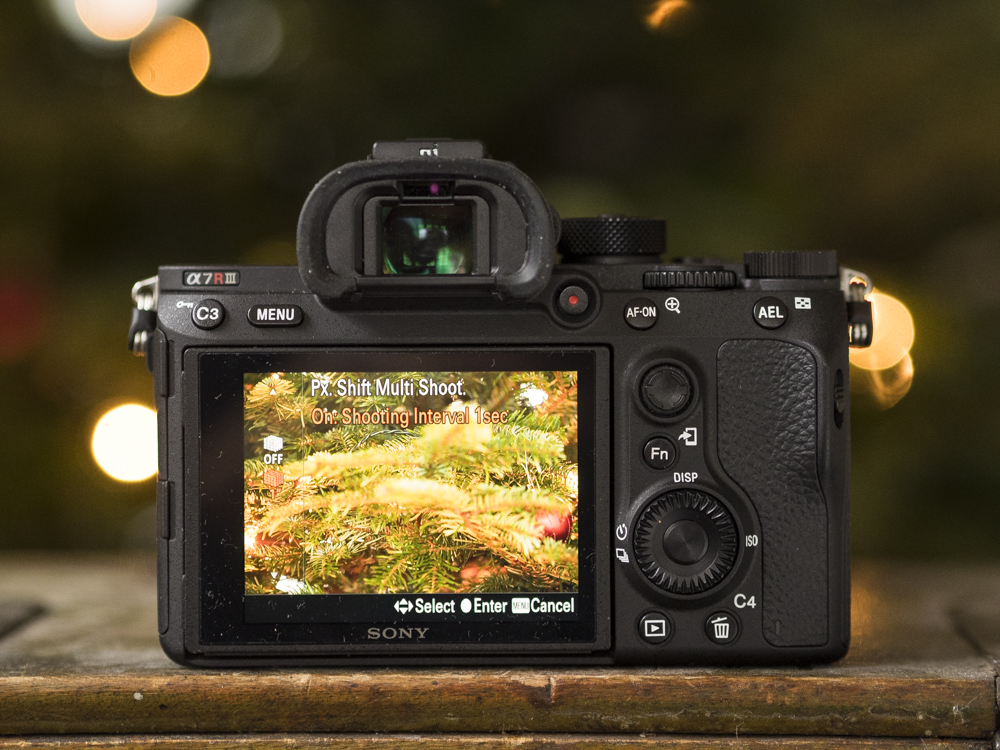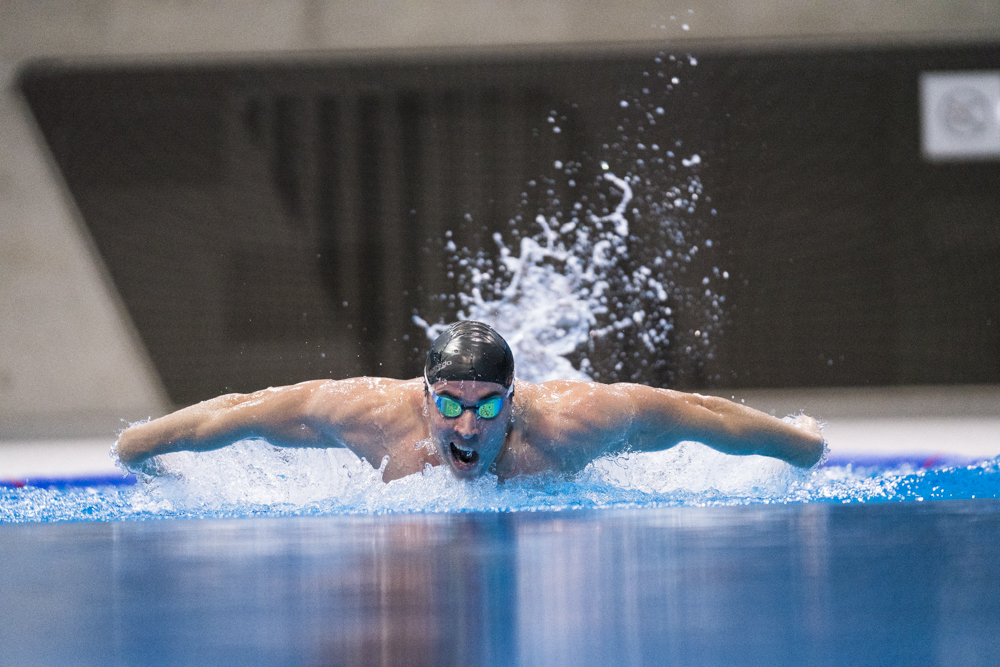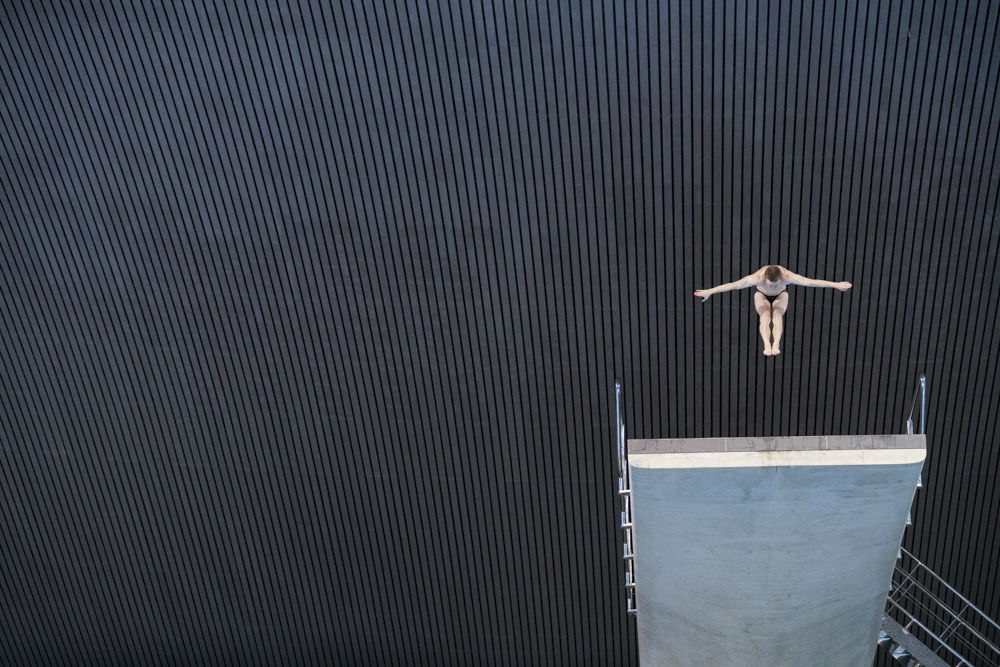The Sony a7R III succeeds the a7R II, which is one of the best high-resolution full-frame cameras around.
In one regard the a7R III does not feature any headline-grabbing improvements. Yet, what is does do, and do it very well, is bring in a multitude of refinements that create the most useable Sony a7 to date.
It’s a great all-rounder, with high-resolution AND high-speed AND excellent handling. On first impressions, the a7R III does for the mirrorless camera world what the Nikon D850 has done for the DSLR world: create the most competent all-rounder for professionals.
Where the a7R III really shines over its predecessor is in its overall handling and operational speed.
Handling wise, we have really enjoyed the EVF with its improved resolution and refresh rate, the AF joystick for quick AF point adjustments, the superior battery life and twin card slots. Performance wise, burst shooting, image processing, AF speed and accuracy all appear to be vastly quicker.
In the image quality department, there are tweaks. The a7R III offers fractional image quality improvements over the hard-to-beat a7R II - not in resolution but in dynamic range. Again, video recording is much the same, which is no bad thing - after all Sony is one of the innovators in this field.
I've been really impressed by Sony’s latest round of mirrorless cameras. The a9, a6500, RX10 IV and now the a7R III. Sony cameras often promise more than they deliver in real life. However, now those impressive specifications are increasingly backed up by an equally impressive real-life performance.
The Sony a7R III is not a camera that disappoints, but one that lives up to the very high bar that Sony sets for it. It is the epitome of competence, whatever your genre of photography. Only the more demanding sports and wildlife photographers will need the a9, while landscape and studio photographers will struggle to find a better full-frame camera.
Check out my in-depth hands-on of the Sony a7R III here where I had extended time using the camera in action scenarios.





